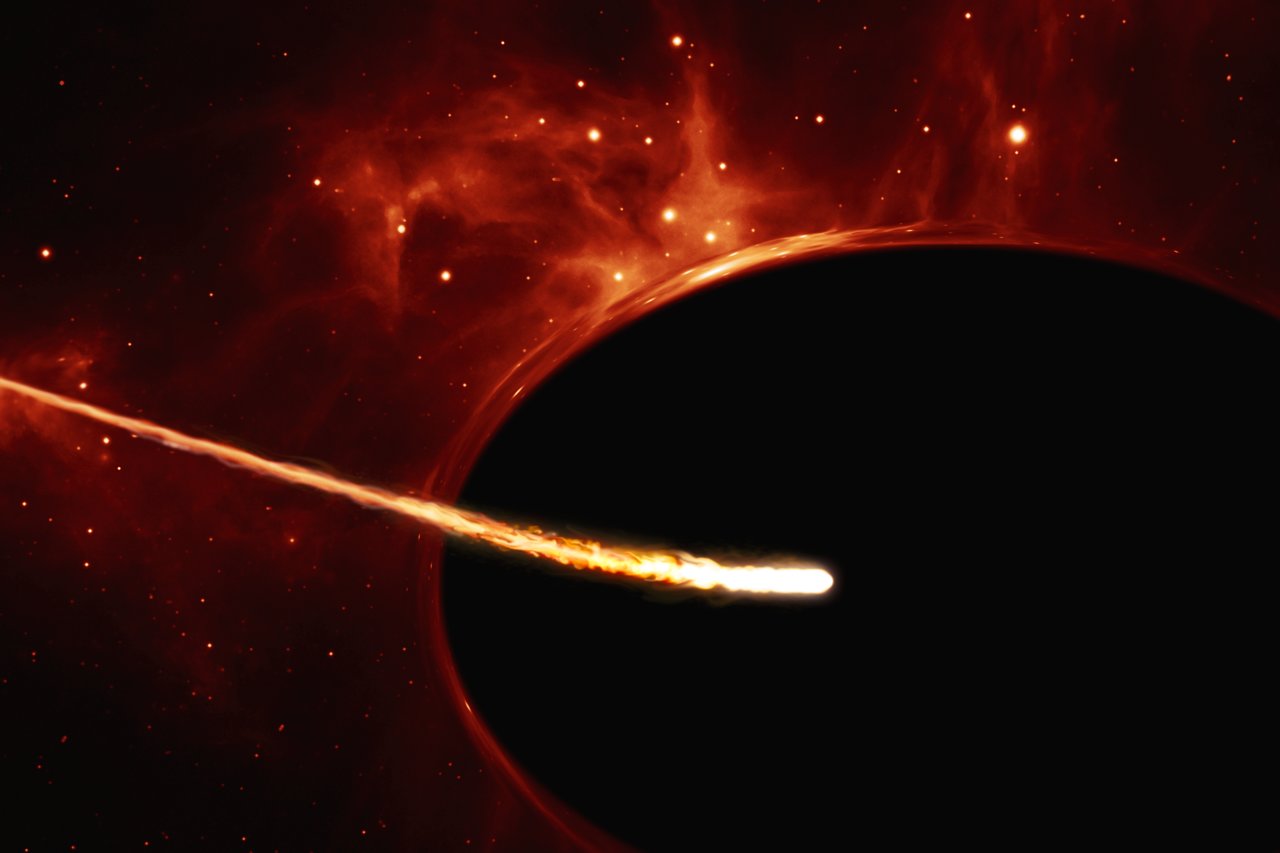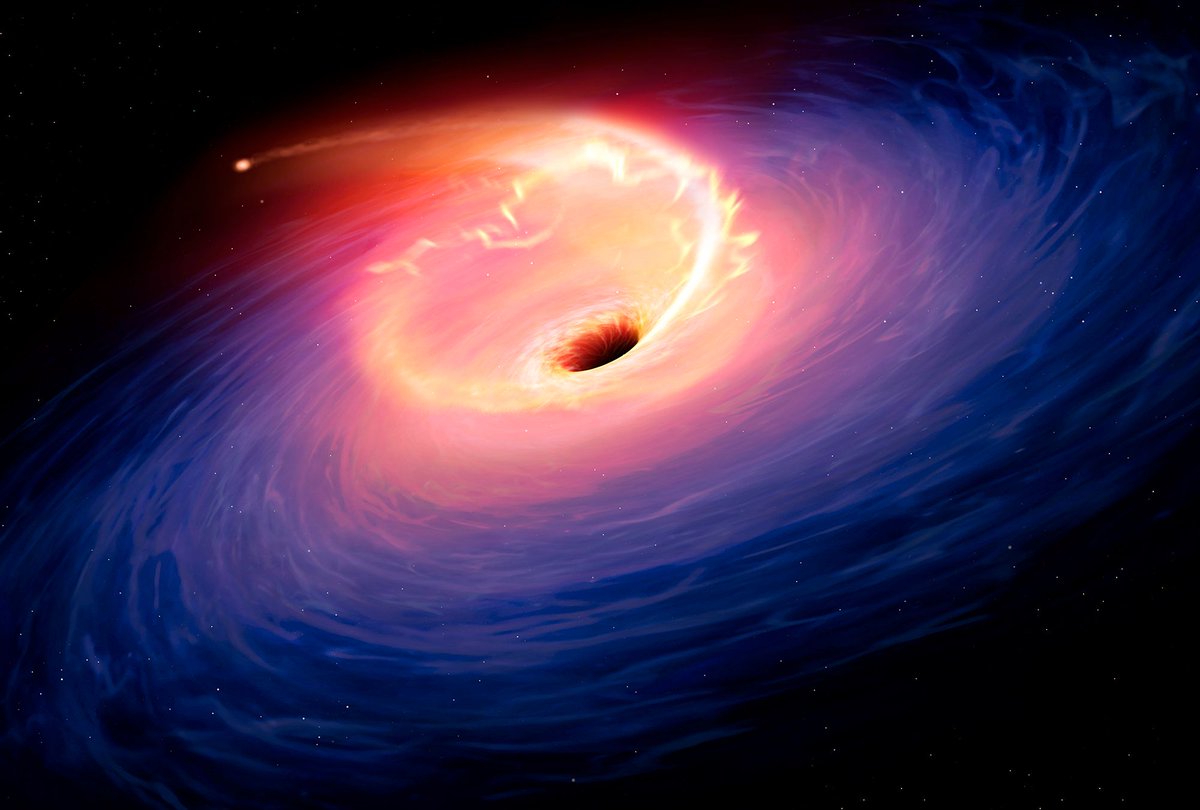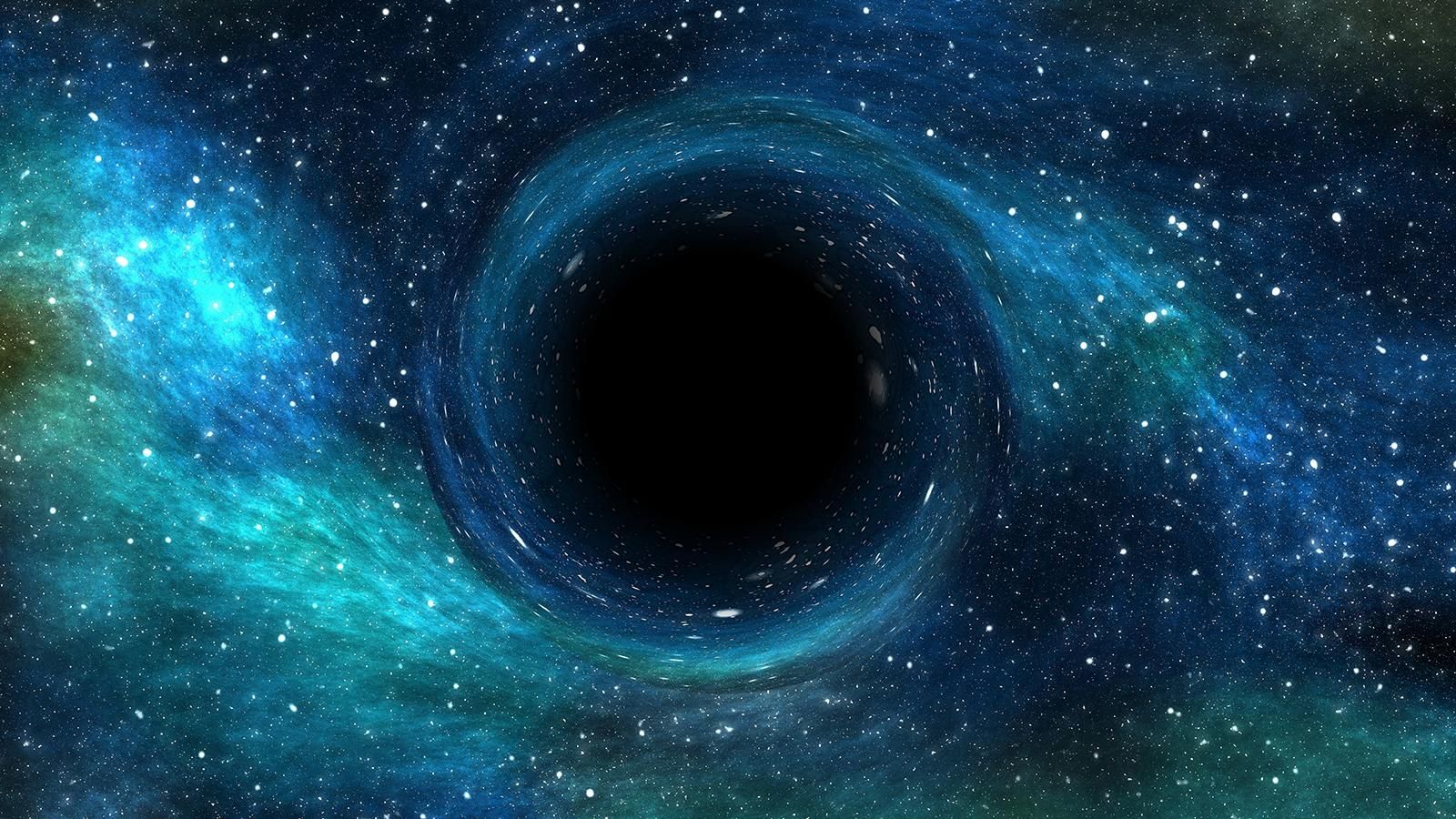© 2000-2023 - Enkey Magazine - All rights reserved
ENKEY SNC - VAT ID IT03202450924 / REA Code CA253701 - Phone. 078162719
Much has been written and theorized about the death of a star. Yet until last year there had never been any actual documentation of this process. Only a joint effort between several observatories and the NASA managed to capture the death of a star on radar.
The researchers who witnessed the rare exposion called it death by spaghettification. This outstanding discovery has paved the way to deeper investigations on the inner workings of supermassive black holes.
What happens when a star dies? And what does “spaghettification” means? Let’s explore this little-known, intriguing astrophysical mystery.
Spaghettification; how supermassive black holes can “kill” a star
The death of a star was recorded for the first time in October 2020. But what really sparked the interest of the scientific world at large was the cause of death – technically known as “spaghettification”.
How does a star die of spaghettification and what does this term even mean? The name is derived from the way stars are ripped apart during these rarely documented tidal distruption events. By the end of the process, all that remains of the original star are thin streams of light, vaguely reminiscent of “spaghetti”.

Spaghettification occurs when a star wanders too close to a supermassive black hole and gets sucked in by its immense gravitational pull. Supermassive black holes (SMBH in short) are the largest type of existing black holes; their mass alone can easily measure from several millions to several billions of times the mass of our Sun.
In the ensuing explosion, or tidal distruption event, the star s stretched thin and ripped apart, thus reaching the end of its existence.
The death of a star is rarer than you think
The death of a star by spaghettification is far from common, and up until recent years there was little knowledge on tidal distruptive events – not least because these phenomenons are so little documented.
When a supermassive black hole destroys a star, the ensuing explosion produces a quantity of dust and cosmic debris, obscuring the view. Until recent years, scientists had no actual documentation on the death of a star; all theories and speculations were based on advanced simulations.

Last year, however, a team of Birmingham-based researchers, led by astronomer Matt Nicholl, were able to record the spaghettification of a star for the first time in history.
Nicholl‘s team relied on ESO’s Very Large Telescope and New Technology Telescope, in addition to Las Cumbres Observatory Global Telescope NASA‘s Swift. Through this joint stargazing effort the researchers could witness the last moments of a dying star.
Death of a star recorded for the first time ever
The death of a star – named AT2019qiz – is both the first and the nearest ever recorded on screen as it got destroyed by a supermassive black hole under dr Nicholl’s very eyes.
According to the Monthly Notices of the Royal Astronomical Society, the event may very well be the astronomical equivalent of the Rosetta’s Stone. Nicholl’s discovery threw a new light upon the inner workings of a black hole and paved the way for further investigation.

According to Nicholl, AT2019qiz was located in the constellation of Eridanus, roughly 215 millions lightyears away from Earth. A good half of the dying star’s mass – in itself the same size of our Sun – was devoured by the supermassive black hole, measuring over a million times its mass.
The gravitational pull of this “monster” ripped the star apart, leaving behind only shreds of lights that were captured by the telescopes. In Nicholl’s own words, the astonishing event was nothing short of what we might expect to see in a dystopian sci-fi movie.
This post is also available in:
![]() Italiano
Italiano
